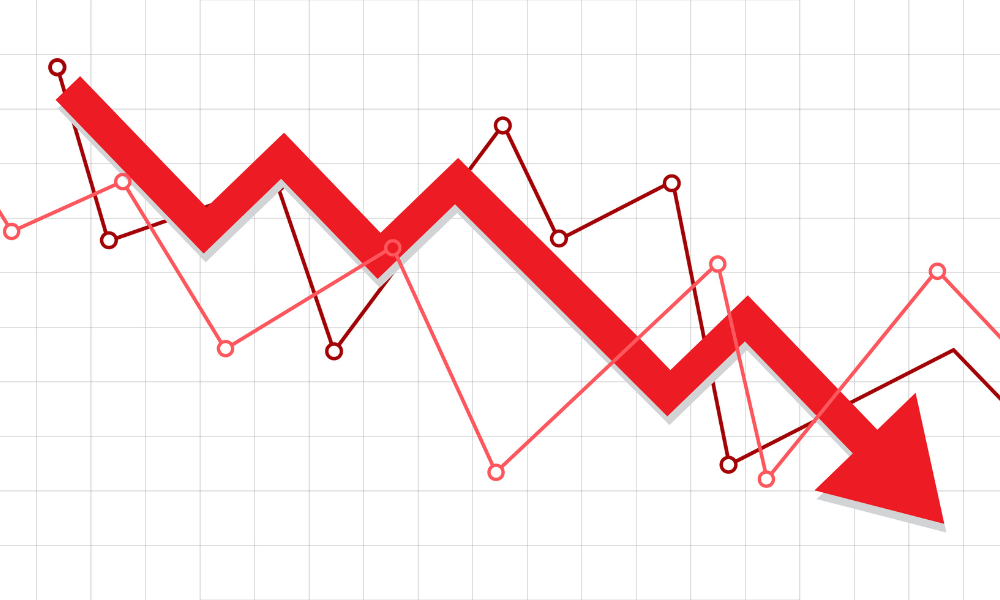Exchange Traded Fund assets and mutual funds can coexist, but when it comes to fees, there is one hands-down winner.
.jpg)
Exchange Traded Fund assets and mutual funds can coexist, but when it comes to fees, there is one hands-down winner.
“We have definitely witnessed a direct correlation between a transition of advisors to fee-based, an increased fee transparency, and the use of ETFs,” says Jason McIntyre, head of distribution for Vanguard Investments Canada. “And quite frankly, it is a fee discussion.”
“What we always talk about with advisors, build out your value proposition around things that you can control – costs are definitely something you can control,” he says.
There has been a direct correlation between fee-based practices increasing in these regions and the use of ETFs increasing.
And from what McIntyre can see, that trend should only continue.
“There are places that mutual funds can make sense at the right cost. We at Vanguard Canada are exclusively an ETF business, but our biggest business globally is mutual funds,” says McIntyre. “We believe that there are places and certain asset classes that fit an actively managed mutual fund structure, than potentially an ETF structure. But we definitely think we’re in the early innings of the ball game with ETFs.”
But in some markets, the line between ETFs and mutual funds is blurred, or even nonexistent.
“They can definitely work hand-in-hand,” says Atul Tiwari, the managing director of Vanguard Investments Canada. “In the U.S., our structure is such that ETFs are a share class of our mutual funds. So it is one pool of assets with different share classes. Vanguard doesn’t see it as a competition between mutual funds and ETFs – they are really two sides of the same coin. It’s really is about cost and keeping costs low”
ETF assets increased in absolute dollars by $265 billion over the past year as retail channels continued to push growth. This figure trumps long-term mutual fund gains by $65 billion.
“We have definitely witnessed a direct correlation between a transition of advisors to fee-based, an increased fee transparency, and the use of ETFs,” says Jason McIntyre, head of distribution for Vanguard Investments Canada. “And quite frankly, it is a fee discussion.”
“What we always talk about with advisors, build out your value proposition around things that you can control – costs are definitely something you can control,” he says.
There has been a direct correlation between fee-based practices increasing in these regions and the use of ETFs increasing.
And from what McIntyre can see, that trend should only continue.
“There are places that mutual funds can make sense at the right cost. We at Vanguard Canada are exclusively an ETF business, but our biggest business globally is mutual funds,” says McIntyre. “We believe that there are places and certain asset classes that fit an actively managed mutual fund structure, than potentially an ETF structure. But we definitely think we’re in the early innings of the ball game with ETFs.”
But in some markets, the line between ETFs and mutual funds is blurred, or even nonexistent.
“They can definitely work hand-in-hand,” says Atul Tiwari, the managing director of Vanguard Investments Canada. “In the U.S., our structure is such that ETFs are a share class of our mutual funds. So it is one pool of assets with different share classes. Vanguard doesn’t see it as a competition between mutual funds and ETFs – they are really two sides of the same coin. It’s really is about cost and keeping costs low”
ETF assets increased in absolute dollars by $265 billion over the past year as retail channels continued to push growth. This figure trumps long-term mutual fund gains by $65 billion.



